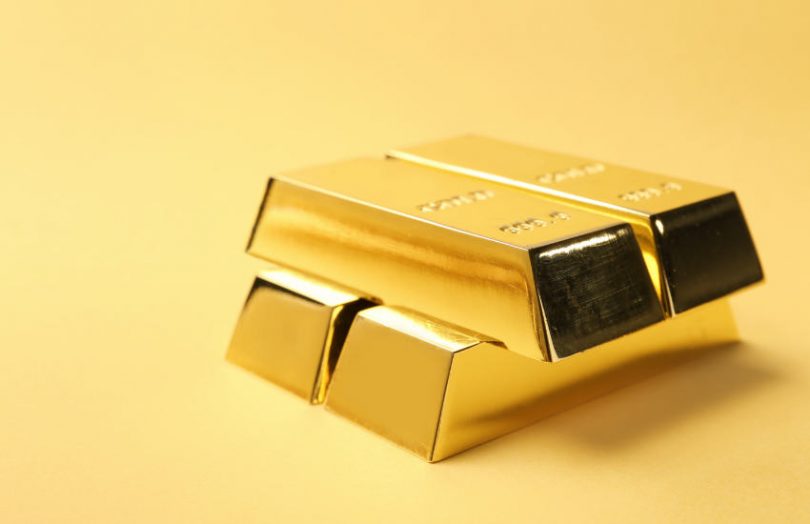Yesterday the London Bullion Market Association (LBMA) and the World Gold Council (WGC) announced a joint initiative to use enterprise blockchain to ensure gold bar integrity. Combining chain of custody and provenance, the aim is to demonstrate that the gold is genuine and sustainably sourced. LBMA first initiated work on its Gold Bar Integrity Programme in 2018.
Meanwhile, in 2016, Leonardo DiCaprio brought attention to conflict minerals through the Blood Diamond movie. But gold is very much part of the mix. Last year Sentry published a report about the risk of buying gold in Dubai where the money funnels to armed groups that are responsible for atrocities in Africa. On top of that is the issue of child labor, particularly in the Democratic Republic of Congo.
The news is an important step in addressing the issue, especially given the London market’s dominance in physical gold trading. On a daily basis $58 billion is traded in London (2019), followed by the CME futures market at almost $42 billion. Shanghai comes third, with the Shanghai Futures Exchange and Shanghai Gold Exchange trading over $14 billion daily combined.
Two startups will initially provide blockchain solutions for the integrity program, Switzerland’s aXedras, and Canada’s Peer Ledger, which use the Corda and Hyperledger Fabric enterprise blockchains, respectively. By using permissioned blockchains, participants can feel more comfortable that confidential data will only be available to those that have a right to see it.
Peer Ledger’s MIMOSI Connect solution has been used by Swiss gold refiner PAMP, and for other metals such as steel in a collaboration with Canada’s government. aXedras’ Bullion Integrity Ledger was used by SEBA Bank when it tokenized gold a year ago.
“The international trade in wholesale, physical gold depends on confidence,” said Ruth Crowell, LBMA CEO. “The initiative announced today underlines the confidence that all participants in the market can have in the integrity and accountability of the gold they trade, and the gold they buy. This is a major advance in furthering transparency for the common good of the gold industry.”
One of the questions is how do you create a digital twin? Apart from the bullion serial number, there are numerous methods and LBMA has a whole process for adding new “security features”. These could range from etchings in the gold bar to invisible DNA trackers. When gold is refined, its fineness must be marked on the gold bar, acting as another check.
These are by no means the first organizations to track gold provenance using blockchain. Back in 2016, the UK government-owned Royal Mint and CME agreed to digitize gold using blockchain, but the CME pulled out. In Canada, Tradewind Markets collaborated with several miners with the Royal Canadian Mint in the role of custodian.
And Australia’s Perth Mint started tracking provenance in 2020, through a partnership with Security Matters which has technology that permanently marks any object whether it’s a solid, liquid or gas.
More recently, Japanese conglomerate Mitsui revealed plans to tokenize gold as a digital asset, something that’s been widely done by lesser-known entities.






